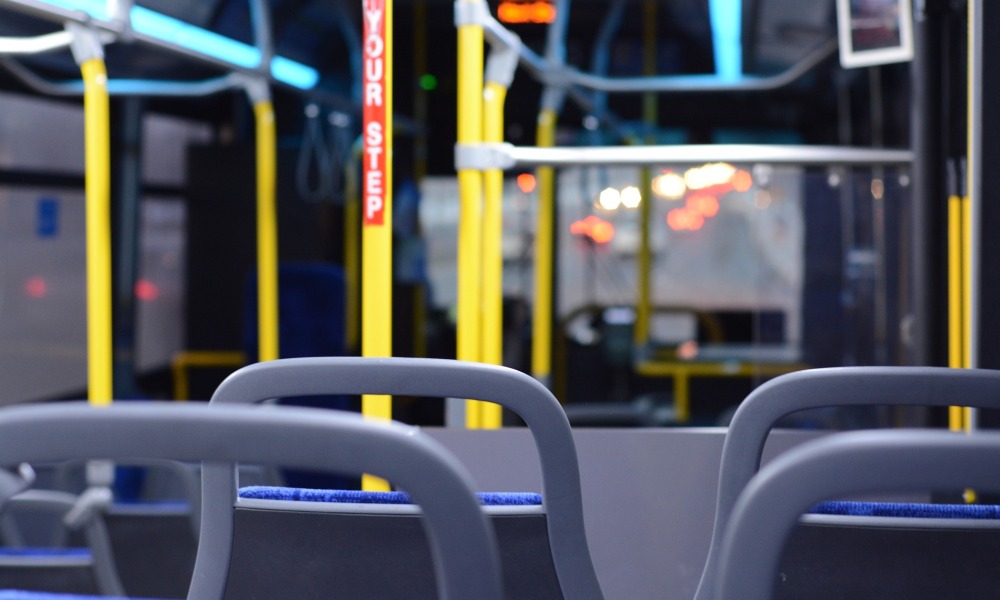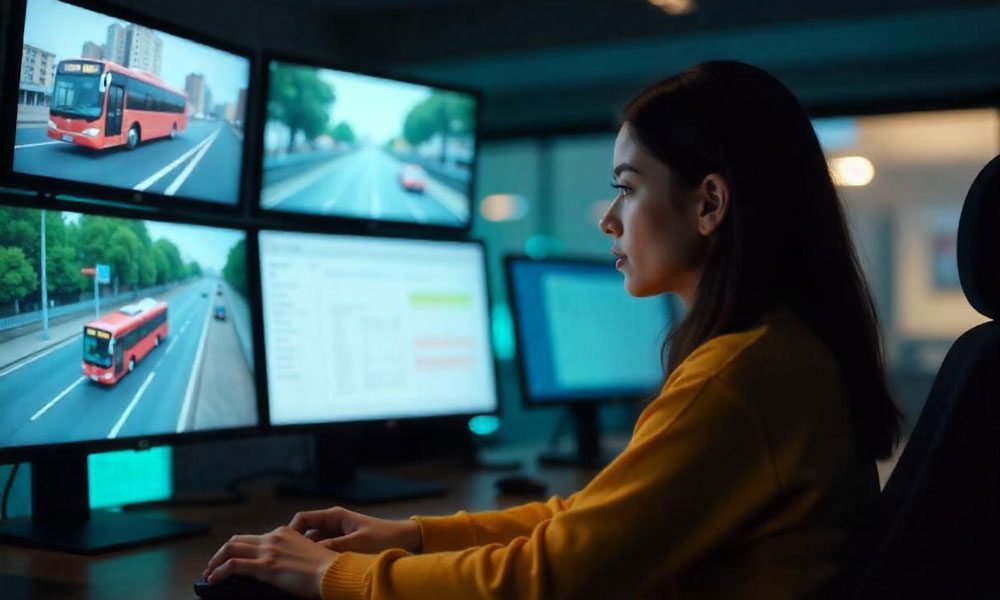How to Use Technology to Help Increase Passenger Safety and Reduce Crime on Public Transit
The COVID pandemic has had a huge impact on our society. Transportation is no exception.
The number of people traveling by public transit has dropped dramatically since the pandemic began. In fact, in some cities, it’s down to half of pre-2019 figures[1]. Most North American cities have not bounced back to pre-pandemic levels and are not expected to in the near future[2].
The decline in daily riders brings an increase in crime––and not just petty crimes. For example, in April 2022, a man wearing a gas mask entered the NYC subway armed with a gun and smoke grenades. 23 people were injured[3].
A 2021 survey in the NYC subway showed that riders are reluctant to go back to public transit because of fear of crime[4]. An emptier rail car or station might open the doors for perpetrators to feel “safer” to commit crimes.
Agencies need increased ridership to help lessen crime, but riders are not returning to public transportation for fear of increased crime. There is one way to start addressing this problem: Change the transit safety narrative using technology.
The reasons behind lower ridership are complex (new work-from-home models, economic turmoil), but there are some straightforward approaches to proactively help mitigate crime and increase ridership.
One is the use of in-vehicle camera systems paired with display monitors.
A camera system can capture evidence to help prosecution and seek resolution and accountability. But pairing a camera system with public display monitors––where passengers can see themselves being recorded––greatly reduces the threat of crime and increases the feeling of safety.
A study[5] on environmental psychology conducted by the University of Groningen, Netherlands, in 2018 concluded that the presentation of a surveillance camera and its recording via a display influenced pro-social behavior.
The same methodology can be applied to transit. A public display system can deter an individual from doing something out of line, and it can also communicate relevant, general-safety-focused information to passengers. Help prevent crime and risk/injury! And make riders feel safer and more comfortable.

The future of transportation relies on finding new angles and adopting new solutions to problems. And public display technology can help us bridge the communication gap between agencies and passengers. Giving riders a better, safety-focused experience and giving agencies the means to provide it. A win-win scenario for everyone.
[1] https://www.enotrans.org/article/transit-ridership-not-expected-to-return-to-pre-pandemic-levels-this-decade/
[2] https://bc.ctvnews.ca/with-ridership-still-well-below-pre-pandemic-levels-translink-looks-for-long-term-revenue-solutions-1.5922144
[3] https://www.reuters.com/world/us/new-york-subway-shooting-suspect-indicted-terrorism-charge-2022-05-08/
[4] https://www.nydailynews.com/new-york/ny-mta-crime-survey-subway-ridership-20210412-t3ds2wh7l5e7rg2cdgwfmaczpu-story.html
[5] https://www.frontiersin.org/articles/10.3389/fpsyg.2018.01937/full




































